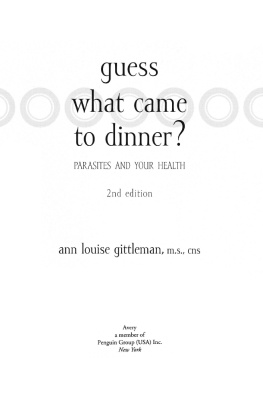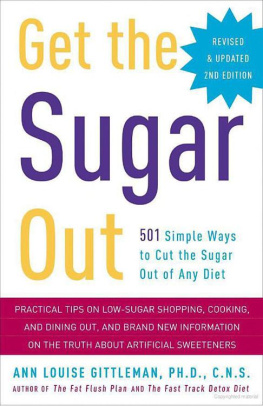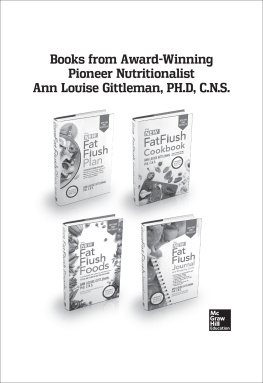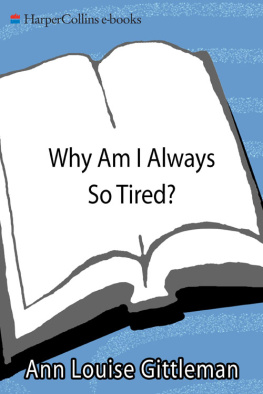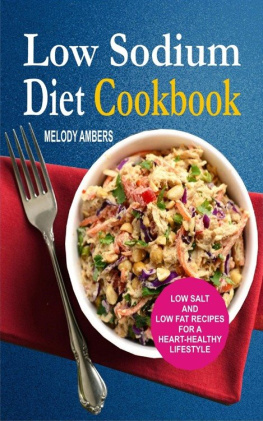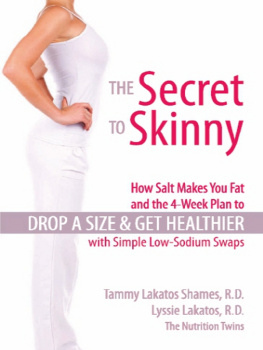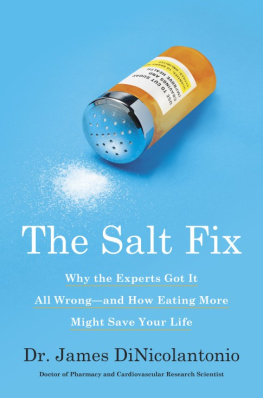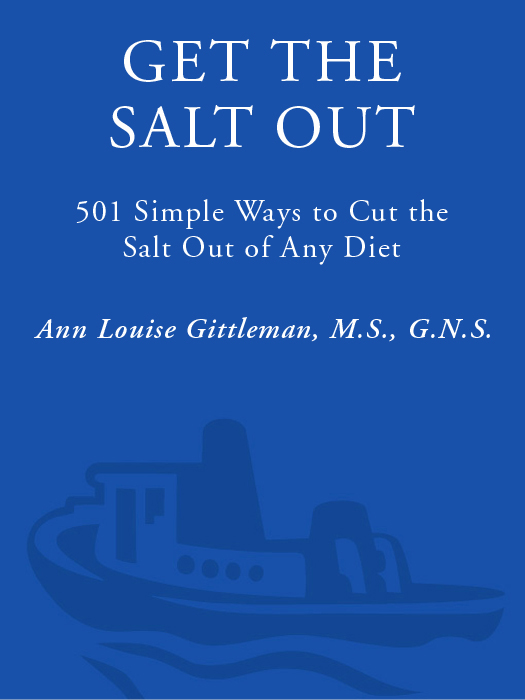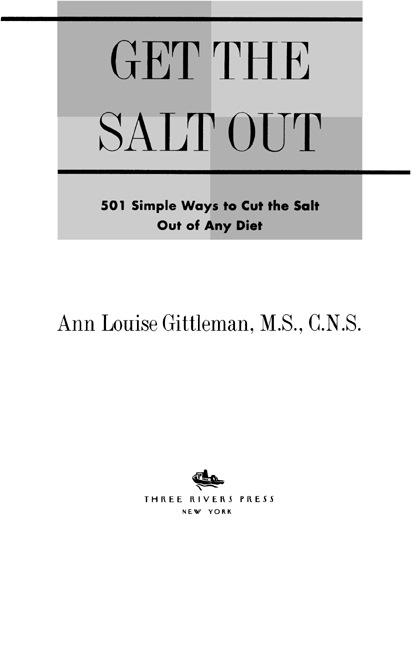Ann Louise Gittleman - Get the salt out : 501 simple ways to cut salt out of any diet
Here you can read online Ann Louise Gittleman - Get the salt out : 501 simple ways to cut salt out of any diet full text of the book (entire story) in english for free. Download pdf and epub, get meaning, cover and reviews about this ebook. City: New York, year: 1996, publisher: Crown Publishing Group;Three Rivers Press, genre: Children. Description of the work, (preface) as well as reviews are available. Best literature library LitArk.com created for fans of good reading and offers a wide selection of genres:
Romance novel
Science fiction
Adventure
Detective
Science
History
Home and family
Prose
Art
Politics
Computer
Non-fiction
Religion
Business
Children
Humor
Choose a favorite category and find really read worthwhile books. Enjoy immersion in the world of imagination, feel the emotions of the characters or learn something new for yourself, make an fascinating discovery.

- Book:Get the salt out : 501 simple ways to cut salt out of any diet
- Author:
- Publisher:Crown Publishing Group;Three Rivers Press
- Genre:
- Year:1996
- City:New York
- Rating:5 / 5
- Favourites:Add to favourites
- Your mark:
Get the salt out : 501 simple ways to cut salt out of any diet: summary, description and annotation
We offer to read an annotation, description, summary or preface (depends on what the author of the book "Get the salt out : 501 simple ways to cut salt out of any diet" wrote himself). If you haven't found the necessary information about the book — write in the comments, we will try to find it.
Abstract: In this day and age, when fat is blamed for all our health problems, its often easy to forget that salt can also be a dietary culprit. While salt is necessary for both bodily and cellular function, and is certainly crucial to the satisfying taste of some of our favorite foods, recent research shows that its excess consumption can also lead to hypertension, strokes, and a variety of cardiovascular problems. In Get the Salt Out, nationally recognized nutritionist Ann Louise Gittleman reveals 501 ways to avoid excess salt intake by serving a variety of delicious low-sodium foods, taking advantage of tasty salt substitutes and steering clear of many surprising hidden sources of salt. She provides more than fifty delicious recipes for low-sodium foods, which will add healthful new staples to the diet of anyone who wants to get the salt out. Other features include: Advice on how to use herbs effectively to reduce sodium intake Tips for reading labels to expose salt where it is hidden in ingredient lists, as well as other points of supermarket salt savvy Ways to reduce the salt level in your water Advice for avoiding salt when you eat out Tips for dealing with stress and other impediments you may face in your efforts to get the salt out A week-long menu plan A resource section Get the Salt Out has all the tips, menu plans and recipes to help you enjoy real foods again and create meals that both your taste buds and your body can truly savor! From the Trade Paperback edition
Ann Louise Gittleman: author's other books
Who wrote Get the salt out : 501 simple ways to cut salt out of any diet? Find out the surname, the name of the author of the book and a list of all author's works by series.

